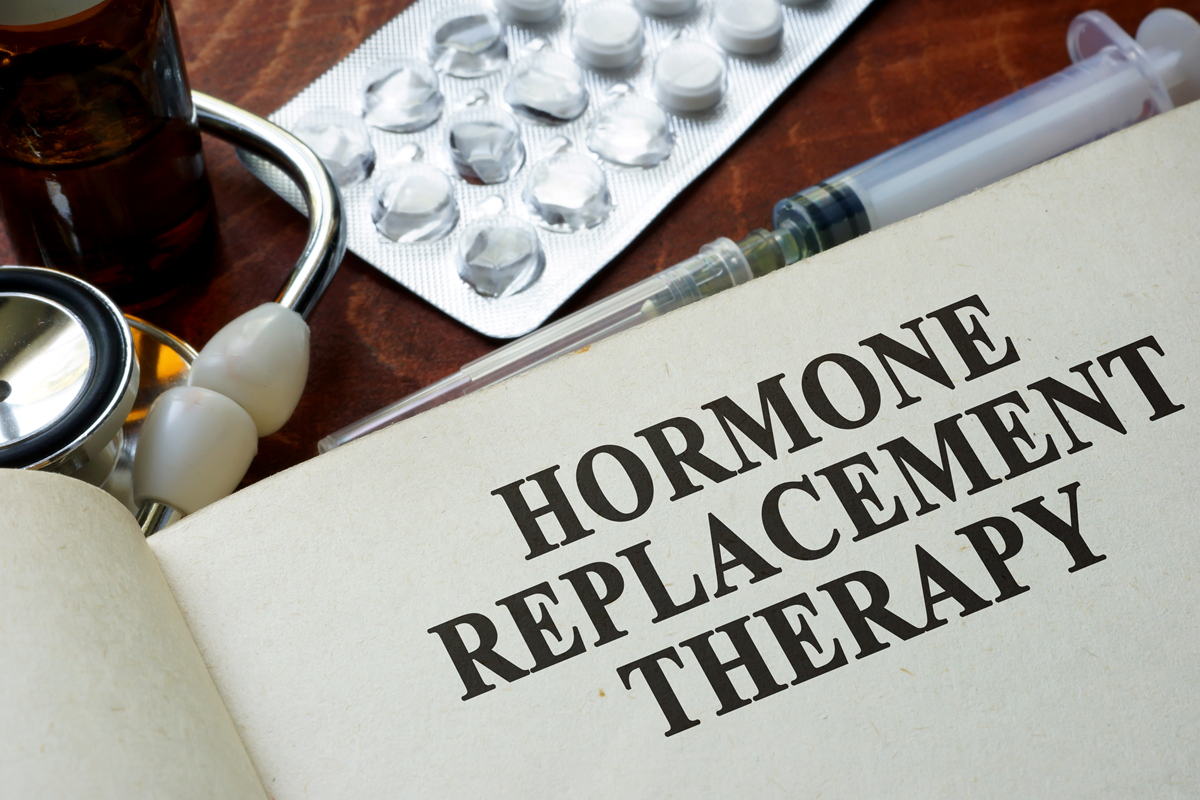I experience hot flashes, vaginal dryness, and pain on intercourse. My care provider suggested HRT to treat these symptoms. I have a family history of blood clots. Is this treatment appropriate?
Your Menopause Question: I don’t understand risk assessment in medical care. I am 55 years old and three years into menopause. I experience hot flashes, mood swings, vaginal dryness, and pain on intercourse. My care provider suggested hormone replacement therapy (HRT) to treat these symptoms. However, she recalled that in 2002, the Women’s Health Initiative (WHI) reported that of 10,000 women-years, HRT produced 18 more women with blood clots, eight more with stroke, and seven more with heart attacks than those not on HRT. I have a family history of blood clots. Is this treatment appropriate for me?
Our Response: For most people, understanding risk is confusing. As so well described in The Book of Risks, by Larry Laudan, our assessment of risk is influenced by our age, our surroundings, our activities, and our ability to tolerate risk. The news media adds to the confusion by promoting fear regarding seldom-occurring events (which sells better than positive stories), while choosing not to report on risks that are commonplace, mundane, and much more frequent. We confuse absolute risk (for example, the total number of deaths from car accidents in the United States) with the probability of risk, a ratio that is calculated using the number of accidents divided by the number of people actually driving cars, how often they drive, and how far they drive. From Laudan’s work, for example, one’s risk of death is about 1/100,000 if driving about ten miles per week but 1/10,000 if one drives 100 miles per week. Hormone replacement therapy is another good example of the complexities of understanding risk (Shufelt, 2014).
Advances in HRT have helped explain many of the adverse vascular outcomes of the WHI. This study compared women taking no hormones to those taking Prempro®, a combination of conjugated equine estrogens (Premarin®), which is a mixture of twelve estrogens from extracts of pregnant mare’s urine, and medroxyprogesterone acetate (Provera®), a synthetic derivative of progesterone. For women with a prior hysterectomy, Premarin® alone was given. Both hormonetreated groups showed increases in blood clots and stroke (Rossouw, 2002). Why?
Our blood is designed to deliver oxygen and nutrients to our cells within a careful balance of biologic factors that normally keep our blood “fluid” but allow for clotting when warranted. This complex regulatory system is under the influence of protein C, protein S, and thrombomodulin, among other proteins. When bleeding occurs, substances released at the site of bleeding activate events to form a clot, which eventually must be broken down (lysed) to restore circulation (Custham, 2010, and Canonico, 2014).
How is this done? When hemorrhage occurs, platelets initially are drawn there by the release of von Willebrand factor and collagen from the injury site to plug the defect. Then, at the site of injury, other tissue factors convert prothrombin to thrombin. In turn, thrombin converts fibrinogen, normally soluble in our blood, into a mesh to form a stable clot. Once hemorrhage is stopped, plasmin, produced by the release of tissue plasminogen activator, begins to dissolve the clot and restore circulation.
So how does estrogen influence this process? It seems that when Premarin® is ingested as a pill, it is absorbed in the gut and then passes through the liver. This “first pass” in the liver may increase the risk of clotting. Some have proposed that this “first pass’ through the liver alters the balance of prostacyclin (a vasodilator) and thromboxane A2 (a vasoconstrictor)
or reduces the effectiveness of protein C to keep blood fluid (Raz, 2014).
In contrast, transdermal estrogen patches, which were first studied in 1997, deliver pure estradiol slowly through the skin that is then absorbed directly into the bloodstream. Because of this slow and steady delivery rate, which to some extent mimics how the ovaries functioned during reproductive years, a lower, sustained estrogen dose achieves biologic effects equivalent to those of higher-dose estrogen pills. While studies are not as numerous as with oral pills, a consistent conclusion is that transdermal estrogen does not involve a “first pass” and does not change the normal balance of coagulation and anticoagulation factors, thus decreasing blood clotting risk when compared to oral estrogen (Canonico, 2007, and Canonico, 2008). The risk thereby is averted.
But wait! The WHI study participants were older, with a mean age of 64 years and approximately 12 years into menopause. Could age have factored into the risks of the Premarin® pills? A review of the WHI cardiovascular data suggests that initiating HRT earlier in menopause provides a better outcome than if initiated later (Rossouw, 2007).
Also, relative risk is defined as the ratio of the probability of an outcome in one group (e.g., a study group) divided by the probability of that outcome in a second group (e.g., a control group). In contrast, absolute risk is the number of people affected in a population divided by the total number of people in that population. Relative risk may appear alarming (“X triples your risk of cancer”), but if the absolute risk is very low (say, 1/30,000), a tripling of this risk still is low (1/10,000). Some statistical risks, therefore, are hard to interpret.
But, in OB/GYN practices, there are risks that often are not discussed.
Recall that the WHI reported attributable risk per 10,000 women years of eight more strokes, and 18 more blood clots (Rossouw, 2002), or slightly less than 1 to 2/1,000 women. How does that compare with other hormone-related events?
Not surprisingly, the oral estrogen story may not be as straightforward as it seems. The WHI used conjugated equine estrogens (Premarin®), which, as noted above, is made up of at least 12 estrogens and little estradiol. In at least one large study, this combination of estrogens may increase the risks of blood clots more than oral estradiol (Rossouw, 2007).
However, are there greater risks associated with hormone replacements?
Compare those figures with the incidence of venous thrombosis from oral contraceptives at about 0.06/100 pill years (equivalent to 6/10,000 women years) or 0.2/100-year risk during pregnancy and the postpartum period (or 20/10,000 women years) (Solymoss, 2011). While these are significant risks, they fall into the “acceptable” range, and few are opposed to birth control pills or pregnancy.
So what do all of these numbers mean to each of us? We all take risks, but most are not considered serious. The choice of an estradiol patch or oral Premarin® in menopause leans slightly in favor of transdermal estradiol. While a reasonable decision, this difference in management is dwarfed by risk activities associated with oral contraceptives and pregnancy that often are dismissed as low risk. Hormone replacement in menopause is not without risk, but fortunately, the benefits for most women outweigh the risks (Cushmann, 2010, and Liu, 2013).
James Woods | 10/1/2022




